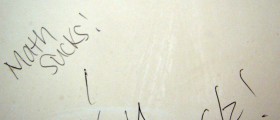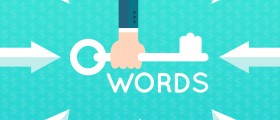
Dyslexia is a condition which manifests early in childhood. It is a learning disorder which prevents one from reading, writing or spelling correctly. Therefore, it commonly manifests through a child's performance in school. Therefore, many organizations have described it as a disorder which prevents a child from learning how to read, write and spell, despite the educational efforts of the school. Yet, dyslexia is not connected with lack of intelligence. Rather, one's inability of this type has nothing to do with his/her intellect. Different severity of this learning phenomenon can affect every dyslexic person differently.
Facts about Dyslexia
This condition is not curable and its causes are not known. However, it usually runs in the family of patients, so there are suspicions that it may be genetically inherited. Either way, even though dyslexics remain affected by this condition throughout their lives, they can practice their reading, writing, spelling and numerous other linguistic skills, learning how to overcome many problems which make their lives harder.
Dyslexia may cause anxiety, frustration and depression, making affected individuals suffer from low self-esteem. Also, a dyslexic child may constantly experience problems at school, showing some of many symptoms of this learning disorder. Commonly, timely treatment can help a person learn how to cope with dyslexia efficiently.
Types of Dyslexia
Trauma dyslexia is a type of this learning disorder, triggered by a head injury where the part of the brain in charge of linguistic functions gets damaged. The second, more common type is called primary dyslexia and manifests through the whole left side of the brain being dysfunctional permanently. People with this type of dyslexia usually cannot read texts above the level of 4th grade, struggling with spelling, grammar, writing and reading throughout their lives.
There is one more type of this disorder, called secondary dyslexia, being caused by hormonal imbalances during developmental stages of the child. This type usually disappears as the child grows older, being more common in boys.
Diagnosis of Dyslexia
Due to the nature of this disorder, diagnosing it is not an easy task. Thereby, several health professionals may need to work together in order to diagnose dyslexia in a patient. Tests need to be done by the affected person, assessing his/her ability to hear, look at information or perform certain actions. Also, physical tests are performed, ruling out injuries and congenital abnormalities. Based on the results of the test, the type of dyslexia is classified and proper therapy through education and lifestyle modifications is recommended.

















Your thoughts on this
Loading...